The Personal Care Packaging Market is currently characterized by a dynamic competitive landscape, driven by increasing consumer demand for sustainable and innovative packaging solutions. Key players such as Amcor (AU), Berry Global (US), and Sealed Air (US) are actively shaping the market through strategic initiatives that emphasize sustainability, technological advancement, and regional expansion. Amcor (AU) has positioned itself as a leader in sustainable packaging, focusing on developing recyclable and biodegradable materials, which aligns with the growing consumer preference for eco-friendly products. Berry Global (US) is enhancing its operational focus on digital transformation, leveraging advanced manufacturing technologies to optimize production efficiency and reduce waste. Meanwhile, Sealed Air (US) is concentrating on innovative packaging solutions that enhance product protection while minimizing environmental impact, thereby reinforcing its competitive edge in the market.
The business tactics employed by these companies reflect a concerted effort to localize manufacturing and optimize supply chains, which are crucial in a moderately fragmented market. This competitive structure allows for a diverse range of offerings, yet the influence of major players remains significant. The collective strategies of these companies not only enhance their market positions but also contribute to a more resilient and responsive supply chain, which is essential in meeting the evolving demands of consumers.
In August 2025, Amcor (AU) announced a partnership with a leading cosmetics brand to develop a new line of fully recyclable packaging solutions. This collaboration underscores Amcor's commitment to sustainability and positions it favorably within the market, as consumers increasingly seek environmentally responsible options. The strategic importance of this partnership lies in its potential to enhance brand loyalty and attract environmentally conscious consumers, thereby driving sales growth.
In September 2025, Berry Global (US) launched an innovative packaging technology that utilizes AI to optimize design and production processes. This advancement not only streamlines operations but also significantly reduces material waste, aligning with the company's sustainability goals. The introduction of AI-driven solutions is likely to enhance Berry Global's competitive positioning by improving efficiency and responsiveness to market trends, which is increasingly vital in today's fast-paced environment.
In July 2025, Sealed Air (US) expanded its product portfolio by introducing a new line of biodegradable packaging materials specifically designed for personal care products. This strategic move reflects the company's proactive approach to sustainability and its commitment to meeting consumer demands for eco-friendly options. By diversifying its offerings, Sealed Air is likely to capture a larger market share and strengthen its brand reputation as a leader in sustainable packaging solutions.
As of October 2025, the competitive trends within the Personal Care Packaging Market are increasingly defined by digitalization, sustainability, and the integration of advanced technologies such as AI. Strategic alliances among key players are shaping the landscape, fostering innovation and enhancing supply chain reliability. Looking ahead, it appears that competitive differentiation will evolve from traditional price-based competition to a focus on innovation, technological advancements, and sustainable practices, which are becoming paramount in attracting discerning consumers.
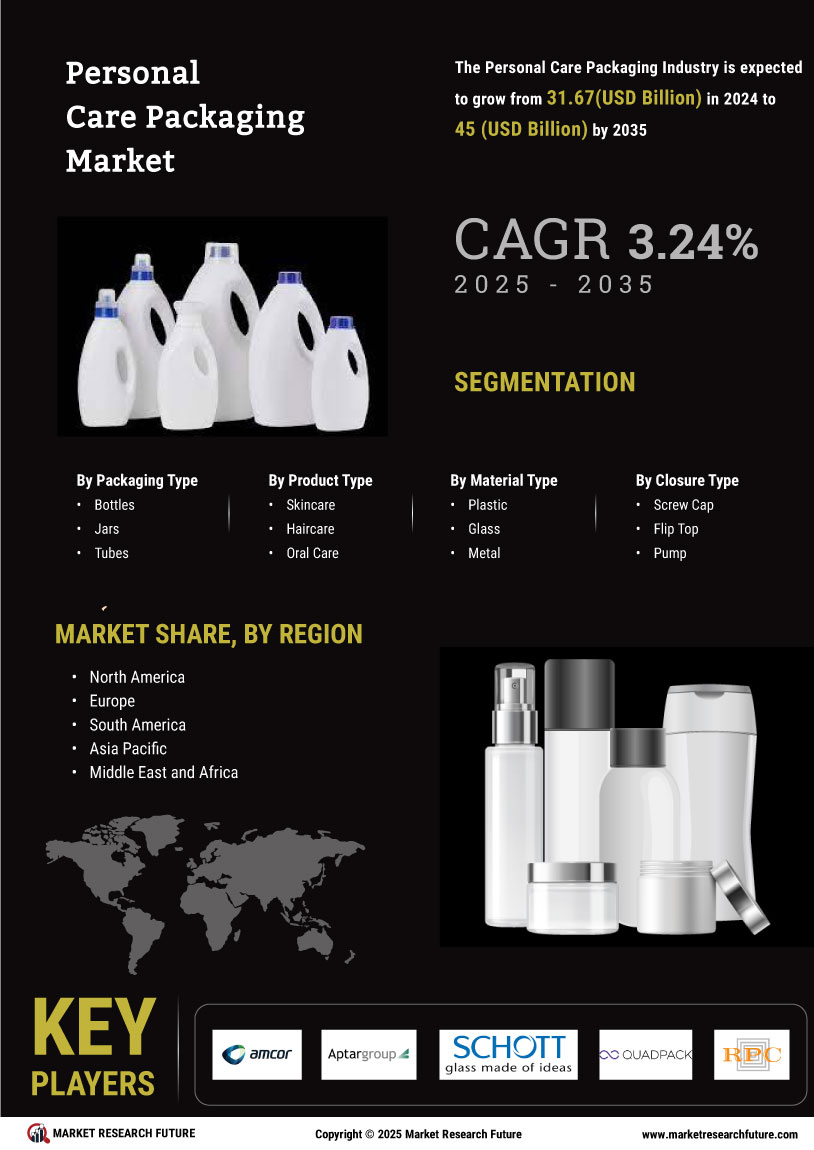

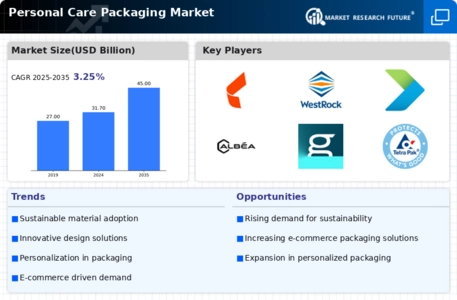
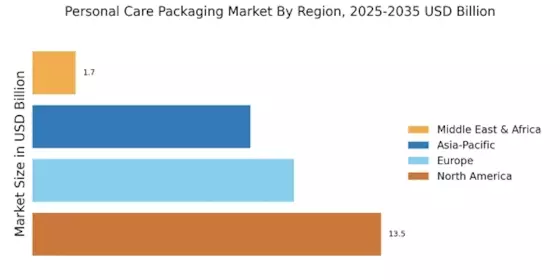
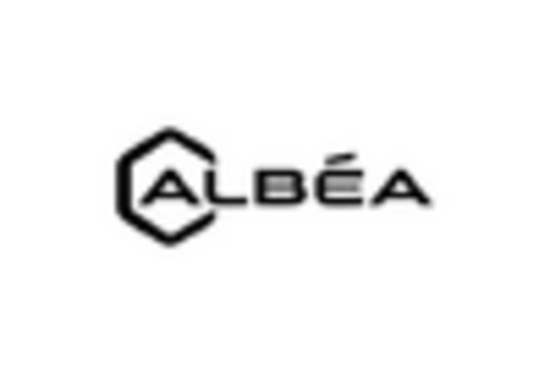

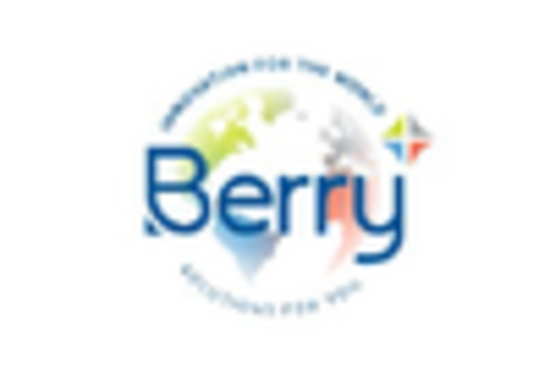
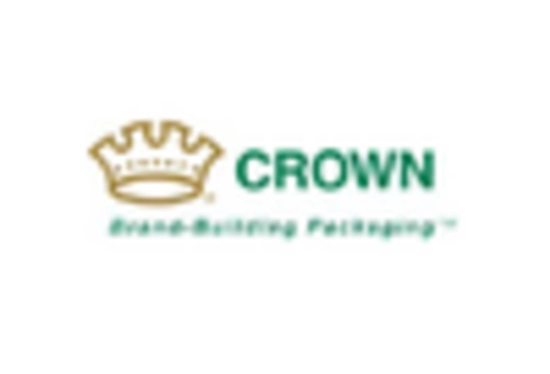

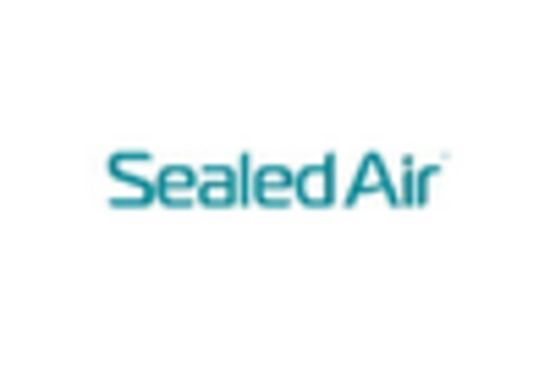








Leave a Comment